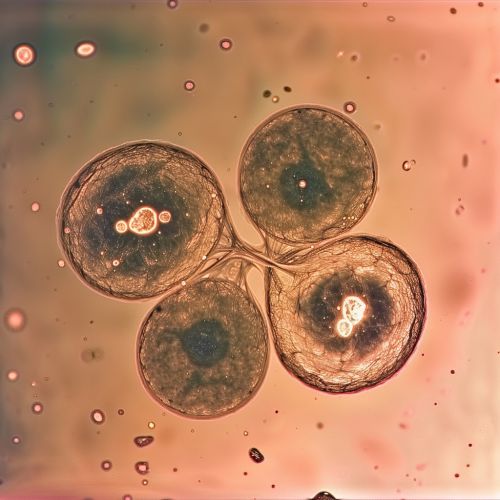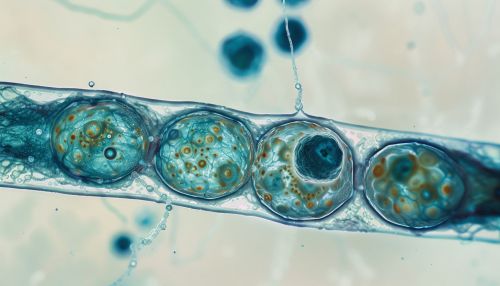Sexual differentiation
Introduction
Sexual differentiation is the process of development of the differences between males and females from an undifferentiated zygote. As the genetic sex is determined at the time of fertilization, sexual differentiation includes the development of the gonads, as well as the differences in body morphology, brain structure, and hormonal activity.


Genetic Determination of Sex
The genetic sex of an organism is determined at the time of fertilization by the sex chromosomes carried by the sperm. In mammals, including humans, the XY sex-determination system is used. The Y chromosome carries the SRY gene, which triggers male development. If the SRY gene is not present, the organism develops as a female.
Gonadal Differentiation
Gonadal differentiation is the formation of either ovaries or testes from the undifferentiated gonads. This process is directed by the presence or absence of the SRY gene. If the SRY gene is present, the gonads develop into testes. If it is not present, the gonads develop into ovaries.
Hormonal Control of Sexual Differentiation
The development of the secondary sexual characteristics is controlled by hormones produced by the gonads. In males, the testes produce testosterone, which promotes the development of male characteristics. In females, the ovaries produce estrogen and progesterone, which promote the development of female characteristics.
Sexual Dimorphism
Sexual dimorphism is the physical difference between males and females of the same species. In humans, sexual dimorphism includes differences in body size, body composition, and facial features. These differences are largely due to the different effects of male and female hormones on the body.
Brain Sexual Differentiation
Sexual differentiation also occurs in the brain. The male and female brains have different structures and functions, which are thought to be influenced by sex hormones during development. These differences may contribute to differences in behavior, cognition, and risk for certain neurological disorders.
Disorders of Sexual Differentiation
Disorders of sexual differentiation (DSDs) are conditions in which the development of the sexual organs and/or the sex chromosomes is atypical. These conditions can result in a variety of outcomes, including ambiguous genitalia, infertility, and increased risk for certain types of cancer.
Conclusion
Sexual differentiation is a complex process that involves the interplay of genetics, hormones, and environmental factors. Understanding this process can help us understand the biological basis of sex and gender, as well as the causes of disorders of sexual differentiation.
See Also
- XY sex-determination system - Hormones - Sexual dimorphism - Disorders of sexual differentiation
